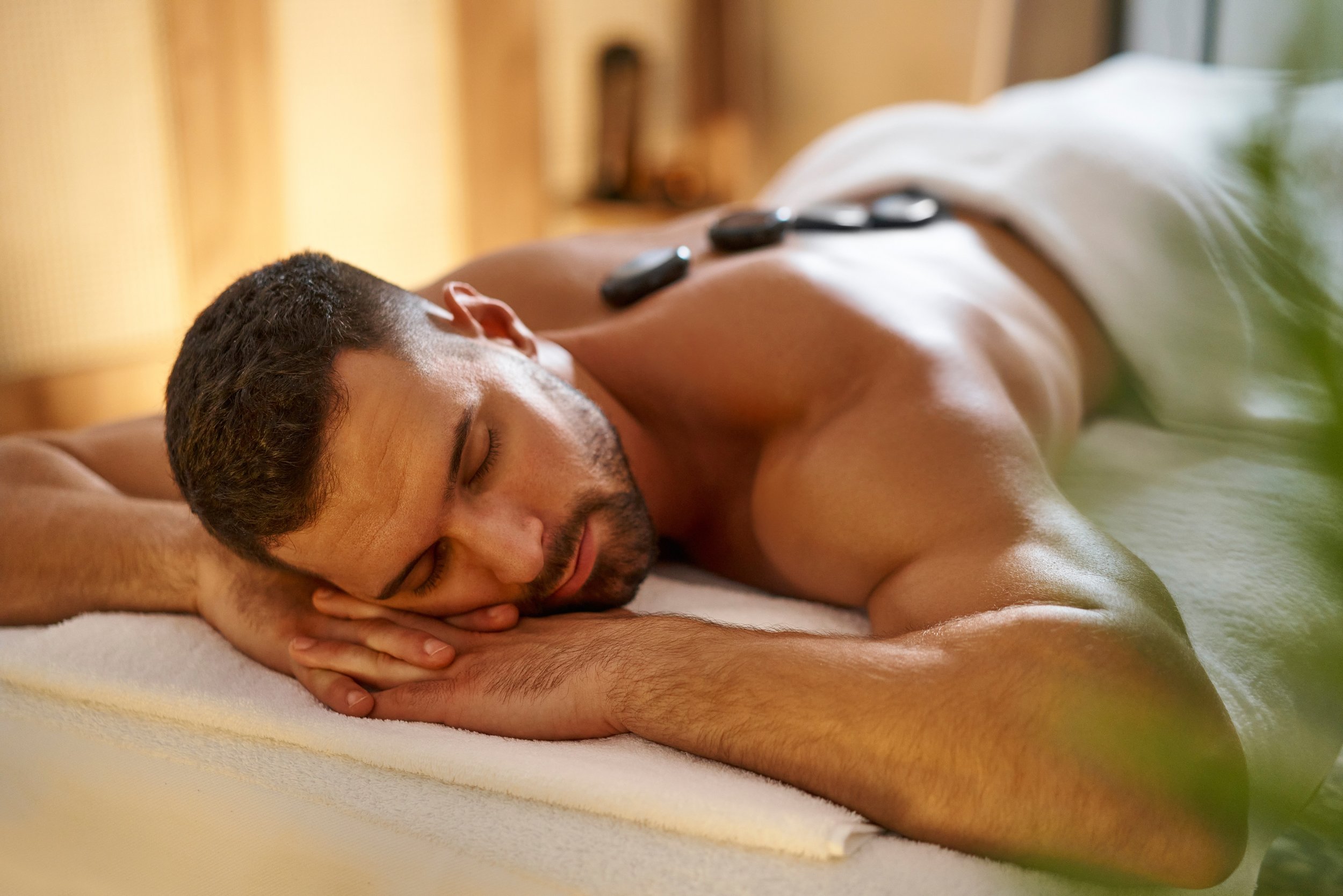Reflexology for Digestion: Heal Your Gut Naturally

Reflexology, an ancient healing method that has actually stood the examination of time, continues to captivate the minds and soles of people worldwide. This alternative treatment is based upon the concept that particular points on the feet, ears, and hands represent various organs and systems within the body. By using stress to these points, experts aim to advertise recovery, soothe stress and anxiety, and bring back balance to the body.
The Origins of Reflexology
While the exact origins of reflexology are questioned, proof suggests that similar methods have existed for countless years throughout different societies. Old Egyptian tombs depict what shows up to be foot massages, while standard Chinese medication has actually long recognized the interconnectedness of different body components. The modern-day practice of reflexology, nevertheless, was established in the early 20th century by Dr. William Fitzgerald and later fine-tuned by Eunice Ingham, frequently referred to as the “mommy of reflexology.”
How Reflexology Works
The fundamental idea behind reflexology is that the body is divided right into ten vertical areas, each representing different body organs and body parts. By applying stress to certain points within these areas, reflexologists believe they can impact the equivalent areas of the body. For circumstances, the tips of the toes are believed to represent the head, while the sphere of the foot is connected with the upper body and lung area.
Prospective Benefits of Reflexology
Advocates of reflexology declare a broad variety of advantages, including:
Stress and anxiety reduction and relaxation
Boosted circulation
Improved body immune system function
Discomfort alleviation, especially for migraines and headaches
Improved sleep high quality
Alleviation of gastrointestinal issues
While scientific research on reflexology is recurring, many people report considerable renovations in their total wellness after obtaining therapies. It’s important to keep in mind that reflexology is typically thought about a complementary therapy and ought to not replace conventional healthcare.
What to Expect During a Reflexology Session
A typical reflexology session lasts between 30 to 60 minutes. The reflexologist will certainly start by examining your feet before using stress to certain factors.
Self-Reflexology Techniques
While specialist sessions can be beneficial, you can likewise practice some fundamental reflexology techniques in your home. Below are a few basic workouts to attempt:
Foot rolling: Roll a tennis sphere or specialized reflexology ball under your foot for a couple of mins each day.
JKリフレどっとこむ strolling: Use your thumb to “walk” along the soles of your feet, using stress as you go.
Hand reflexology: Apply pressure to the facility of your palm utilizing your thumb from the contrary hand.
Integrating Reflexology into Your Wellness Routine
As with any type of new health method, it’s necessary to come close to reflexology with an open mind and realistic assumptions. While it may not be a cure-all, lots of find that normal reflexology sessions or self-practice can be an important addition to their overall wellness regimen. Whether you’re seeking anxiety relief, pain management, or just a moment of leisure, reflexology uses an one-of-a-kind strategy to supporting your body and mind.
Bear in mind, if you have any kind of health and wellness worries or are pregnant, it’s constantly best to seek advice from your doctor prior to beginning any brand-new therapy, consisting of reflexology. With its mild method and capacity for advertising overall health, reflexology continues to be a preferred choice for those looking for a natural, holistic method to wellness and wellness.
While the precise origins of reflexology are questioned, proof recommends that comparable practices have actually existed for thousands of years across numerous cultures. The modern-day technique of reflexology, nevertheless, was developed in the very early 20th century by Dr. William Fitzgerald and later fine-tuned by Eunice Ingham, usually referred to as the “mom of reflexology.”
The fundamental idea behind reflexology is that the body is separated into 10 vertical zones, each corresponding to different organs and body parts. As with any new health technique, it’s important to approach reflexology with an open mind and practical assumptions. Whether you’re looking for stress relief, discomfort administration, or merely a moment of leisure, reflexology offers a special method to supporting your body and mind.